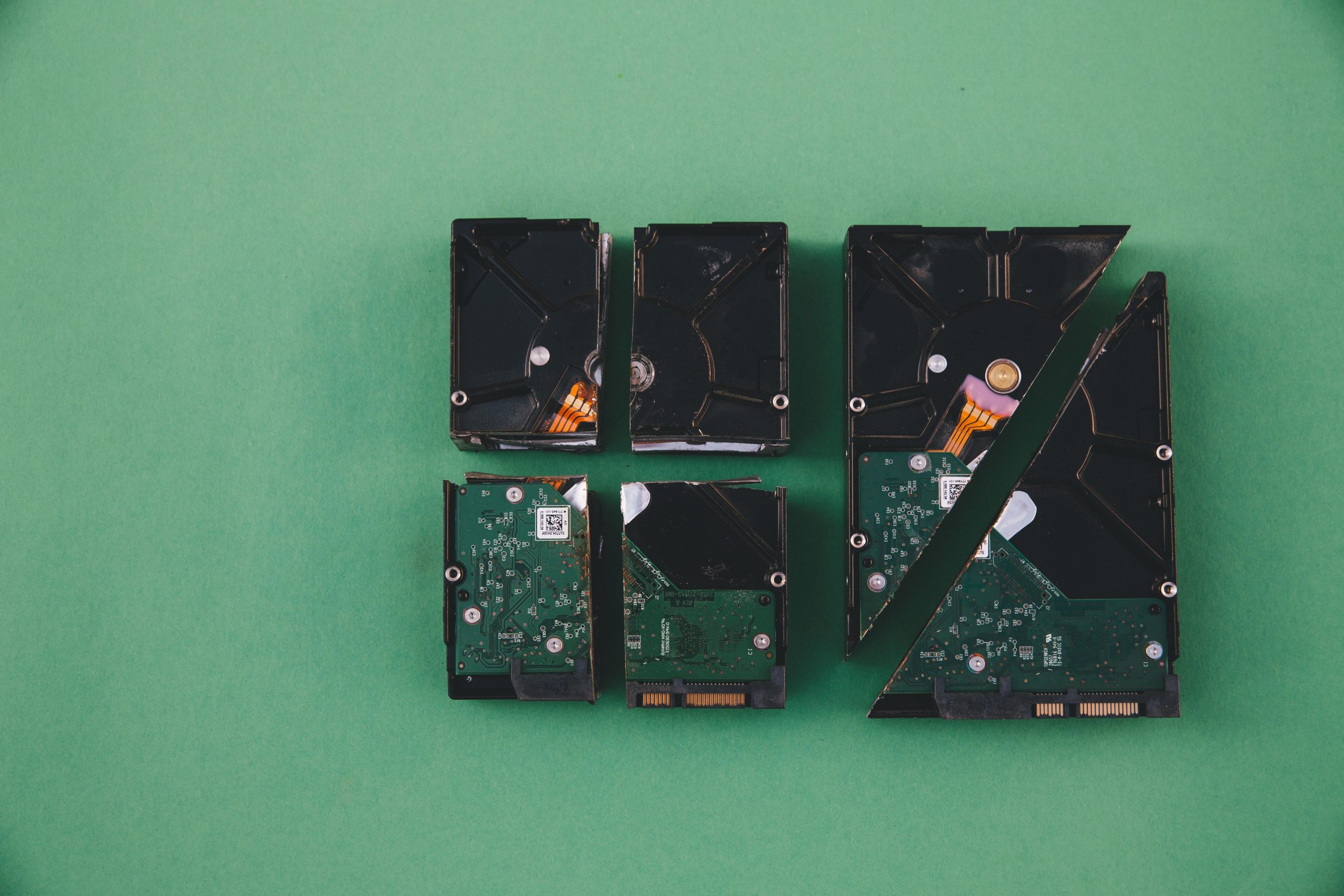Troubleshooting Slow Defragmentation on External Hard Drives
If you’ve ever found yourself in a frustrating situation with your external hard drive, you’re not alone. Recently, I embarked on a daunting journey of defragmenting my brand-new external hard drive, only to be met with the shocking reality that, after a staggering 20 hours, the progress was barely at 15%.
Initially, I opted for defragmentation due to the stuttering issues I was experiencing during playback from the drive. Despite being only three months old, the performance was not meeting my expectations, and I was keen to resolve the playback issues. However, as the defragmentation process dragged on, it became evident that this was not going to be a quick fix.
With the defragmentation process stretching into what feels like an eternity, the question arose: Should I continue to wait for the process to complete, or is it time to hit the stop button and reconsider my choices?
Understanding the Implications of Defragmentation
Defragmentation is a common maintenance procedure for many types of drives, aimed at reorganizing fragmented data to improve efficiency. However, it’s essential to recognize that external hard drives can behave differently compared to internal drives, especially if they are relatively new or experiencing hardware issues.
What to Do Next
If you find yourself in a similar situation, here are a few considerations:
-
Assess the Situation: Is the prolonged defragmentation process causing more harm than good? If it seems stuck and your drive is making unusual noises, it might be better to cancel the operation.
-
Consider Alternatives: Instead of defragmenting, you may want to explore other solutions. For instance, transferring the data to another drive and formatting the problematic drive can sometimes rectify performance issues.
-
Patience vs. Efficiency: If you decide to let the process continue, monitor the drive and check for any error messages or signs of failure. In some cases, it’s worth waiting to see if the performance improves after the defragmentation completes.
-
Seek Professional Advice: If you’re uncertain about whether to continue, consider consulting with a tech professional. They can provide insights based on the specific make and model of your external hard drive.
Ultimately, whether to embark on this lengthy defragmentation journey or to halt it depends on your specific circumstances and comfort level with the data stored on your drive. Here
Share this content:




Thank you for sharing your experience. Lengthy defragmentation times on external hard drives can be caused by several factors, including drive health, interface speeds, and the amount of fragmented data. Here are a few tips that might help:
Always ensure your important data is backed up before performing disk operations like defragmenting or formatting